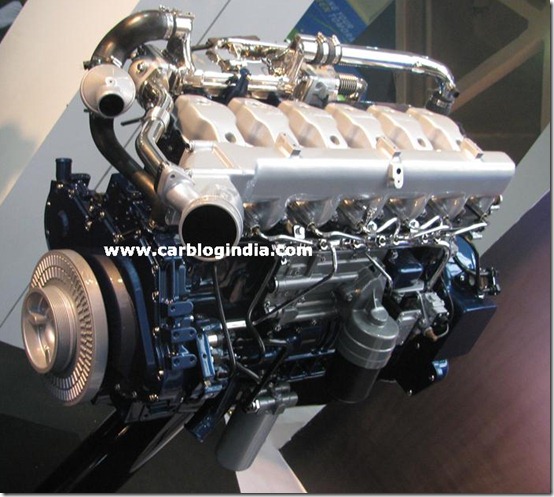As days are passing, 1st April 2010 is coming nearer which is the deadline for the introduction of BS-IV emission compliant vehicles and the availability of higher grade fuel (basically BS-III) will be a matter of concern for the auto firms.
Harmful Effects Of Lower Grade Fuel On BS-IV Compatible Engines
According to technical experts, except for 11 cities providing BS-III fuel the rest of the country runs on the lower grade BS-II fuel. Experts say that running an older engine compliant with BS-I or BS-II fuel, on the richer BS-III and BS-IV does not cause any problem, but the problem arises when BS-IV compliant engines are made to run on inferior quality fuels.
Running such a new generation engine on inferior quality fuel causes severe damage to the Internal parts, eventually resulting in poor fuel efficiency, reduced engine life, lower pick-up, and refinement problems and the reason behind overall reduction in the performance of the vehicle is the High Sulphur content and Lower Octane levels.
From 1st April, BS-IV fuel will be made mandatory in major 13 cities namely: National Capital Region, Mumbai, Hyderabad, Kolkata, Chennai, Bangalore, Ahmedabad, Pune, Surat, Kanpur and Agra and the rest of the country will be upgraded to BS-III from BS-II fuel.
An executive from Society of Indian Automobile Manufacturers (Siam) quoted, “We have a particular concern about the unavailability of the correct fuel from April 1. The current range of engines is tuned in such a way that they can handle both types of fuels (BS-II and BS-III). The next generation engine, of BS-IV, will be more tuned to handle BS-III than BS-II. If there is a sustained mismatch in fuel quality for about a month, then there will definitely be a very negative impact on performance. Most likely, there would be a knocking tendency while acceleration, much reduced fuel efficiency levels and a long-term impact on the life of the vehicle.”
The problem with the BS-IV compliant engines revolves around the high sulphur content present in different qualities of fuel available in the market and the new engines are not supposed to run on inferior quality fuel like the BS-II which has the highest sulphur content with 500 , in BS-III its 150 and in BS-IV it is nearly 50. Similarly if an engine is made to run on minimum octane level of 91 then it cannot run on 88 octane later and will face problems. Another problem that is likely to come up is the depletion of the life of the catalytic converter which is the device solely responsible for emission of harmless emissions, so if the life of the catalytic converter gets reduced then the harmful emissions will also increase.
Onboard Diagnostic (OBD) system helps the owner or the technician to keep a track of the state of health of the sub-systems installed and is designed to warn the driver in case of any problem. So if inferior quality fuel is made to enter the engine then the OBD system will trigger alarms repeatedly.
Siam’s officials also say that there is no estimation of the impact caused by lower grade fuel on the new BS-IV compliant engines and the damage will depend on many factors like how long or how often BS-II fuel is used and the driver’s habit of driving.


